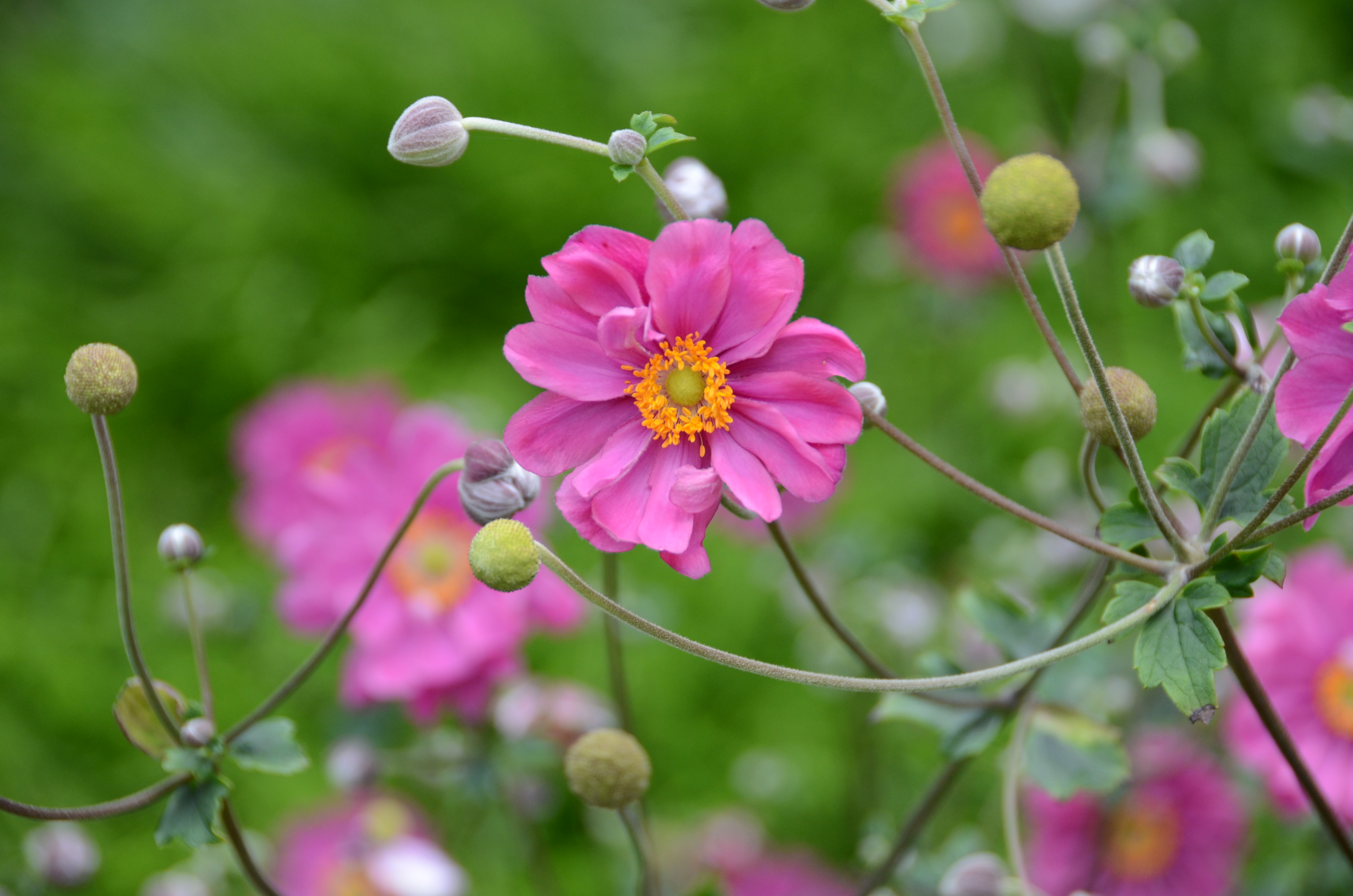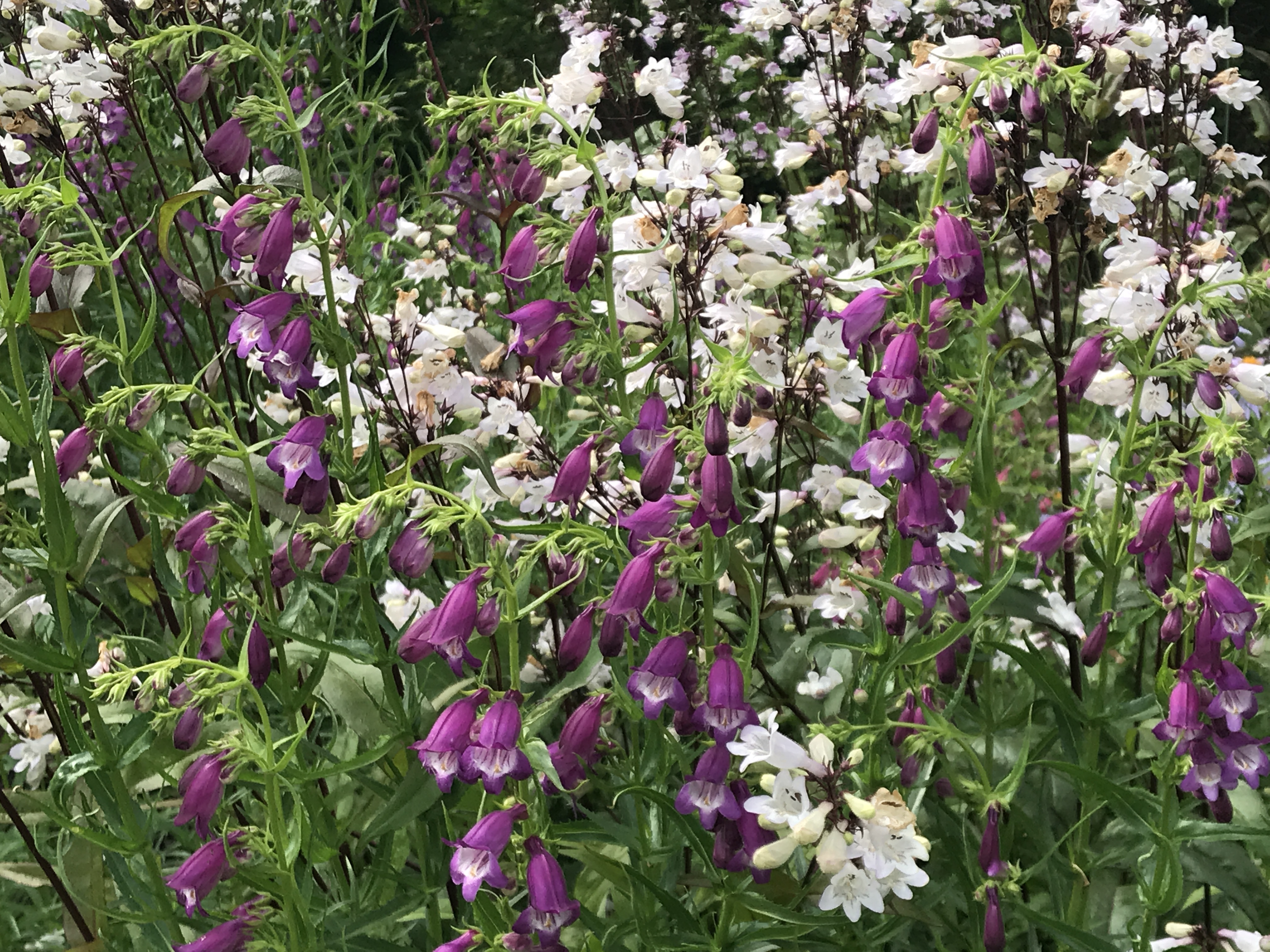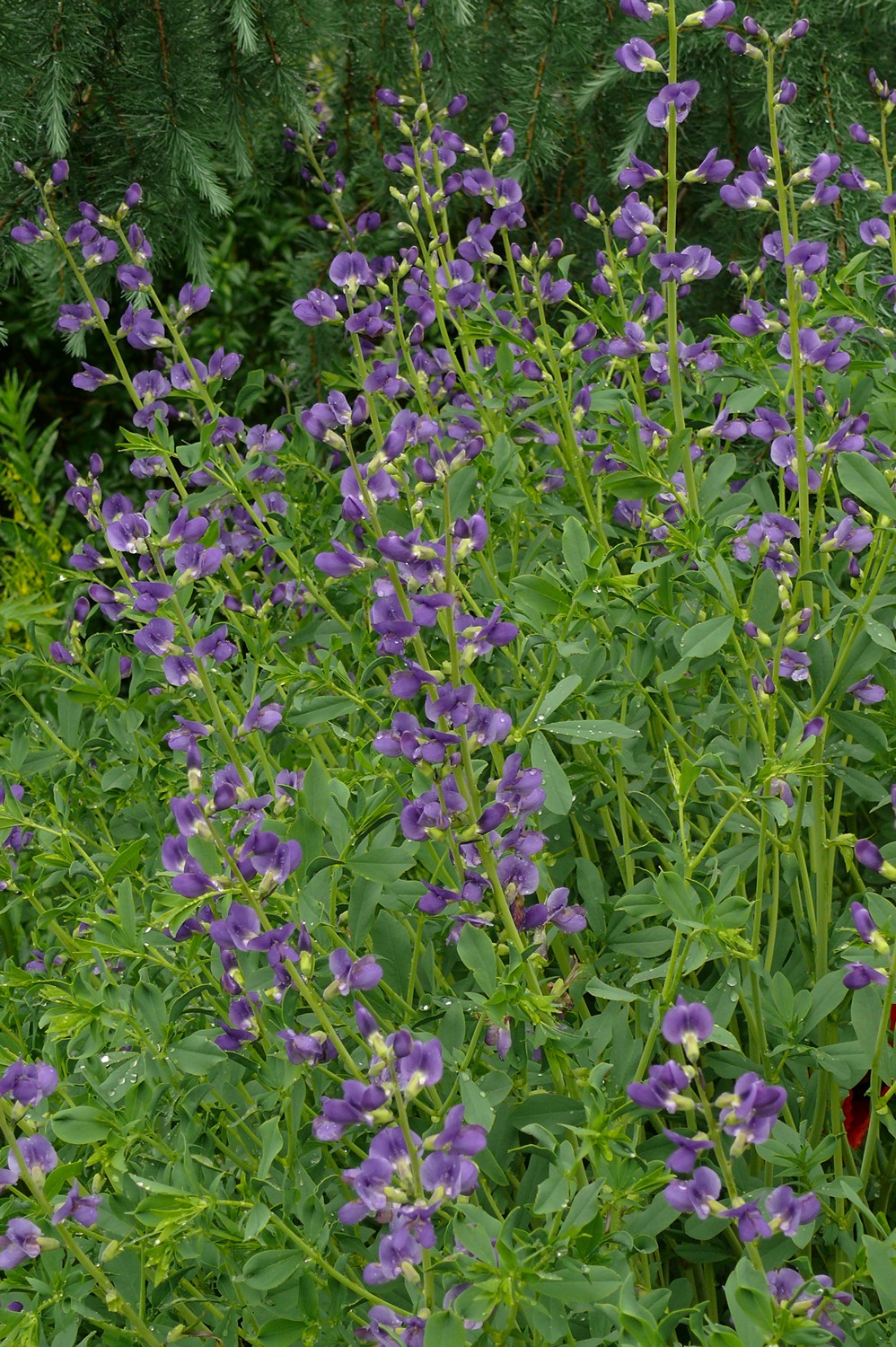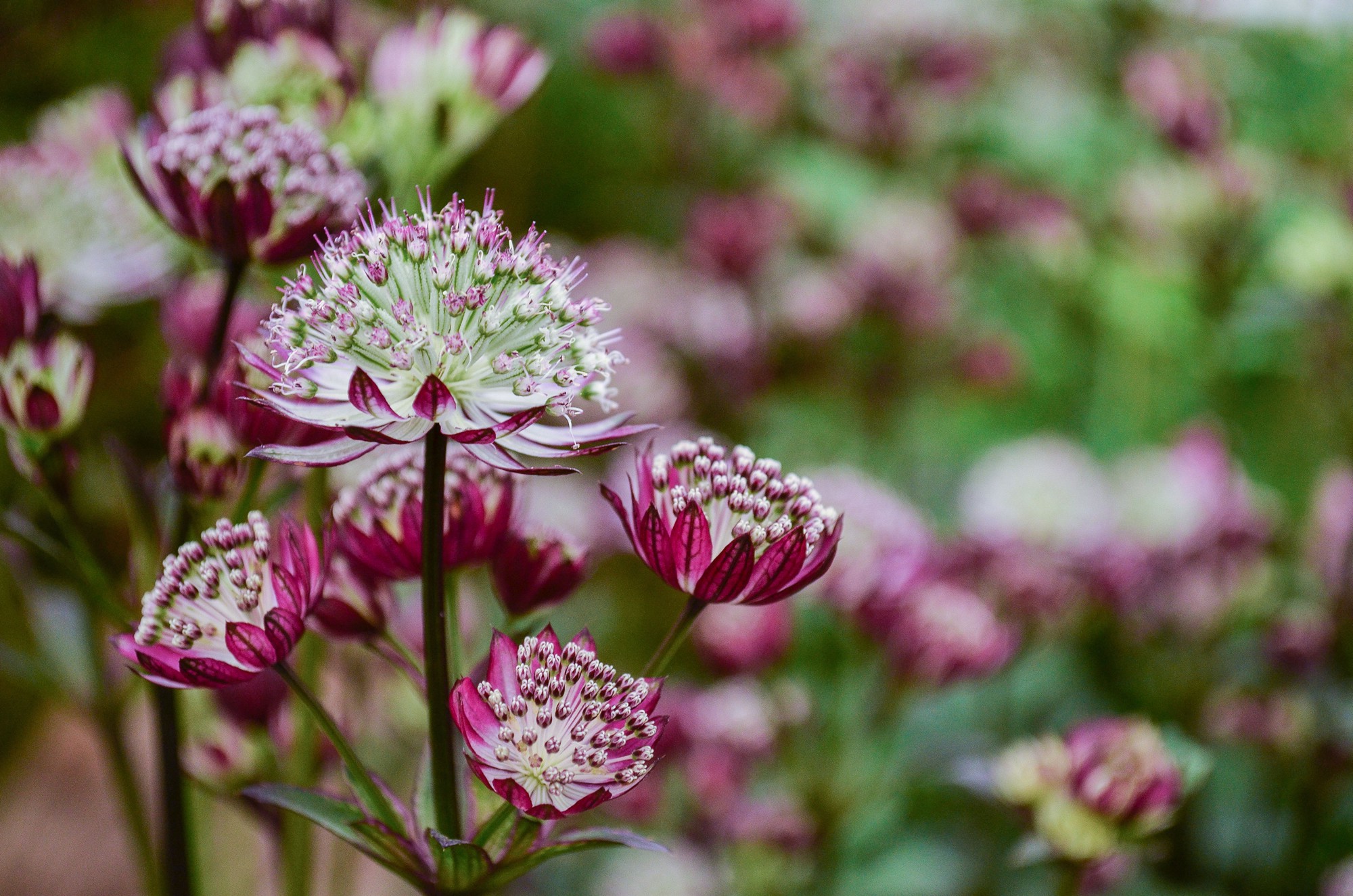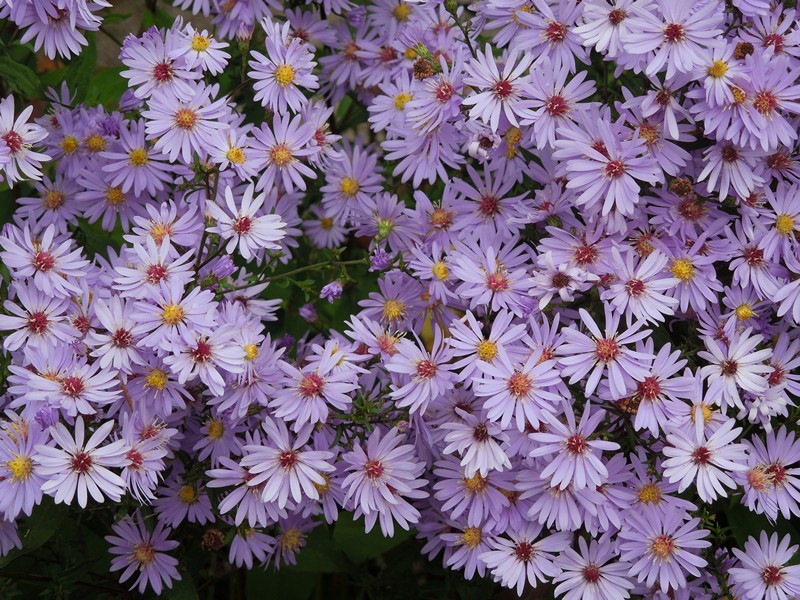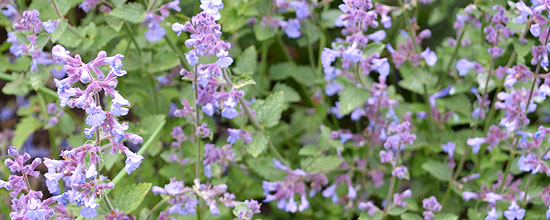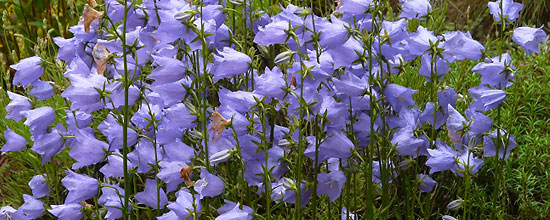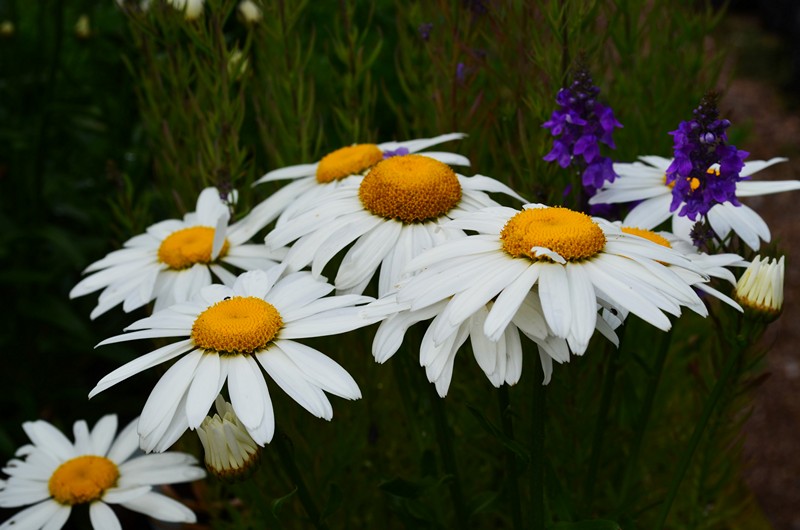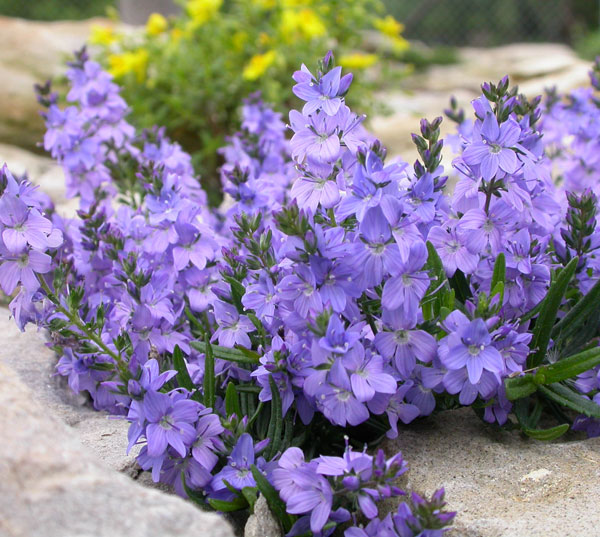Like other species of the group of. aster autumn – asters, comes the New England aster (Aster novae-England) from North America. Dresses with an average of around 5 cm bloom from August to October and have a strikingly narrow jazykovitými florets. Odlišovacím distinctive feature from other horticultural species is harshly hairy surface of the whole plant. Stems bottom dřevnatějí, branches in particular in the upper part. Native species and older varieties belong to the high trvalkám, usually grow to a height 120 when 150 cm. Until the end of the last century brought exciting by only about 50 cm vysoké odrůdy 'Purple Dom'.
Range and Breeding
Aster novae-England not in comparison with other species of asters so strongly well selected. The color range includes white, shades of pink, purple to blue-violet. Most of the older varieties from the range has disappeared, their problem was in particular, that dresses in bad weather and at night closed.
The beginnings of breeding come to England early 20. century. More significant breeders of this period include Barr and R.B. Pole z Lye End Nursery ('Barr's Pink' 'Barr's Blue', 'Barr's Violet', 'Lye End Beauty'). Later the focus shifted breeding in Germany. The development of the range has been involved in the case And. New-England Karl Foerster ('Rosa Sieger', 'Rubinschatz') and also Gerber ('Andenken an Paul Gerber'). Most varieties grown today, but only appeared in the last third 20. century. The most important breeders of this period include Heinz Klose, známý zejména díky zavedení čistě bílé odrůdy 'Herbstschnee' (z jeho šlechtitelské dílny pochází také tmavě lososově růžová 'Lachsglut', tmavě fialová 'Violetta' a šeříková 'Herbstflieder'). Pötschke a Walter uvedli na trh svítivě lososovou nižší odrůdu 'Rudelsburg' and around 1970 one of the most important contemporary varieties – intensely dark pink, only about 80 cm vysokou 'Andenken an Alma Pötchke'.
Undoubtedly the greatest discovery is richly blooming, compact, only about 45 when 60 cm vysoká odrůda 'Purple Dom' ('Purple Dome'). It is about “foundling” from nature, which was launched around the year 1990. The masses of flowers intensively modrofialových, clustered close together, cover the entire plant.
Claims and culture
The plants grow best in full sun, habitat are not demanding. It is satisfied with almost any soil, However, they best thrive in lighter soils containing lime.
In comparison with other types of plants can tolerate more drought, diseases suffer from at least.
Unlike And. new-belgii a And. dumosus The plants nerozrůstají projections and remain in a compact cluster. At one point last grown without even decades, But later the condition gradually worsens, the center of the clump thins, expanding outwards, plants are blooming less.
High stalks of most varieties, often from lodging, which may partially reduce the upper part zastřihnutím (approx. 1/3) shoots during April-May, at the latest by mid-June. Zastřihnutím outdoor elements clump zakrácené shoots intensifies, richly branch out, which holds the rest of the clump and prevent rozklesání. And no less interesting side effect of the distribution of flowering (zakrácené shoots bloom later).
Reproduction
In horticultural practice, varieties propagated only vegetatively. The most common ways to sufficient yields are propagation cuttings and odtržky. Peak cuttings in length 5 when 8 cm were taken in May and early June. propagation odtržky (or cuttings from the base) It is suitable to perform the fall (September to October), Young plants are then directly into containers hrnkují. Dividing clumps are few hearty, Only enough for gardeners.
Use
New England aster is a typical perennial for the mixed perennial Rabat. Planted into groups, value is primarily due to the autumn flowering date. Thanks to its height, most of the varieties planted in the background, nízká odrůda 'Purple Dom' It fits into the front parts beds. Bottom of the stems are branched, are only weakly in leaf and flower beds often causes unsightly, it is therefore appropriate varieties ago And. New-England land species and lower richly branching, which will hide unsightly. In the furrows combines well with most perennials, but count with any poléhaním and with it, Plants that require more space. Proven is a combination such as species and varieties Solidago, Helianthus, Coreopsis, Rudbeckia. The stems can also be used to cut, for this purpose, however, they grow only to a lesser extent.
The article was published on the website of the Association Czech perenářů courtesy magazine Zahrádkář.





